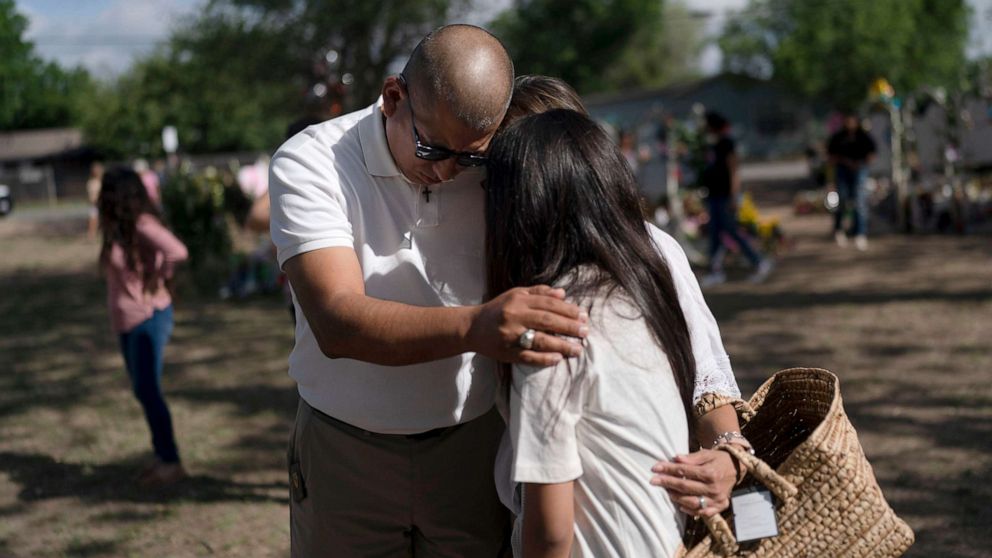What happens when kids experience a traumatic event?
This is a MedPage Today story.
Three days after the 2012 Sandy Hook Elementary School shooting, social worker and child therapist Bonnie Rumilly arrived in Newtown, Connecticut, to help with crisis counseling.
It quickly became obvious that this would become "a long-term deployment," said Rumilly, who spent 4.5 years working with children who survived the attack.
While she feels a fierce loyalty to her young patients and their privacy, Rumilly said her experience with Sandy Hook revealed that pediatric trauma is highly individualized, and that children are not just little adults when it comes to the way trauma manifests.
Furthermore, the traumatic event can leave marks on the wider community for years to come, she noted.
"When something like this happens, the ripple effects are so, so large," Rumilly told MedPage Today. "If you think of people in a community, there are families who have other children. You think of employees of other schools in the same district. There's the mailman who comes to deliver the mail every day who has a connection to that child. … [There are] grandparents in that community."
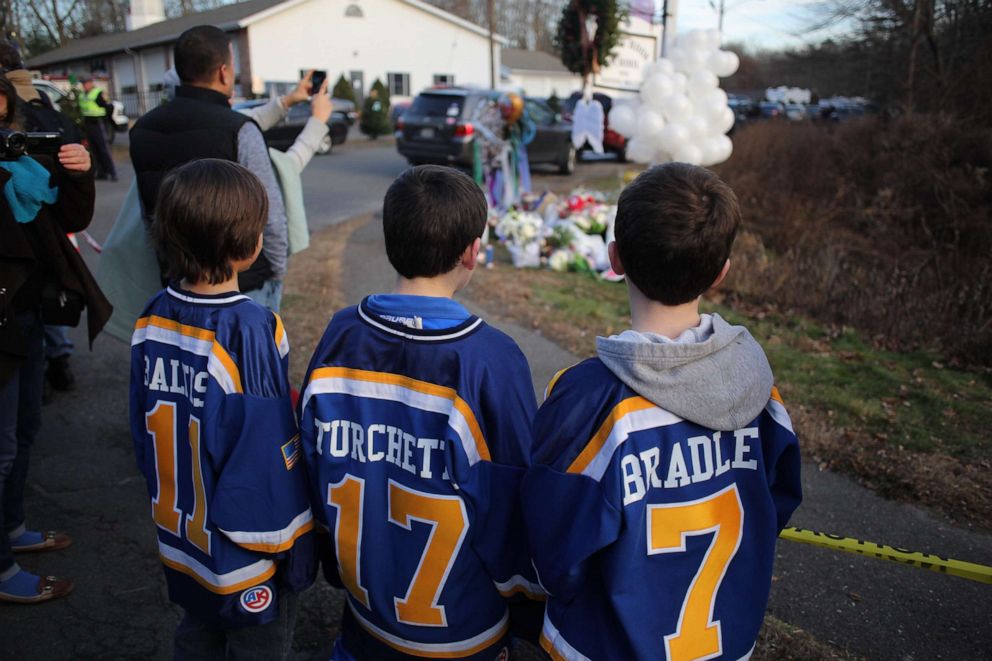
"It really impacts on a multi-generational level," she added. "It's very hard to measure."
While both adults and children can be resilient in the face of devastating events, it's important to have a plan in place early to get people the help they may need, Rumilly said.
Mental health professionals like Rumilly who responded to the Sandy Hook shooting, and other experts in child psychiatry, described their experiences and spoke to the effects that survivors of the Robb Elementary School shooting in Uvalde, Texas, are likely to face in the days, weeks, months, and years ahead -- especially the youngest survivors.
Signs of trauma in children
When someone experiences a traumatic event like a school shooting, they can become stuck in that moment, said Dr. Laurel Williams, a child psychiatrist at Baylor College of Medicine in Houston.
Williams used the example of a tree falling through a house during a hurricane. "Now, any time someone hears a loud noise at night, or a storm happens, they keep visualizing the tree that came into the house and they remember the fear of that moment," she told MedPage Today.
A trigger in the environment can set off a flashback, like those experienced by patients with post-traumatic stress disorder (PTSD), which brings back the memory "in 3D with sound, smell, taste, and visuals," she continued. "It's like watching a movie again that you don't want to be watching."
With PTSD, the brain's survival mechanism for keeping someone out of harm's way is hijacked, Williams said. "Your brain has gotten too good at picking up clues in your environment that you're in danger."
Treatments focus on desensitizing people to that memory, she noted, so they can "move through" the trauma. "It's really about re-training your brain to be not so responsive to a clue in the environment that you should be scared and run away."
However, most people who experience a traumatic event won't go on to develop PTSD, or any other mental health condition, such as depression or anxiety, Williams said.
"We're not saying that you are destined to have a mental health issue because you watched somebody be shot," she explained. "That is not the case. Most people actually don't go on to develop a disorder."
But recognizing the signs of struggle early is key, especially when it comes to children, she said. It may be difficult to pick up on those signs, especially with elementary school children like those impacted by the Uvalde shooting, who may not be able to express their feelings well.
Children also respond to trauma very differently from one another, and "big trauma really is very individually dependent," she added.
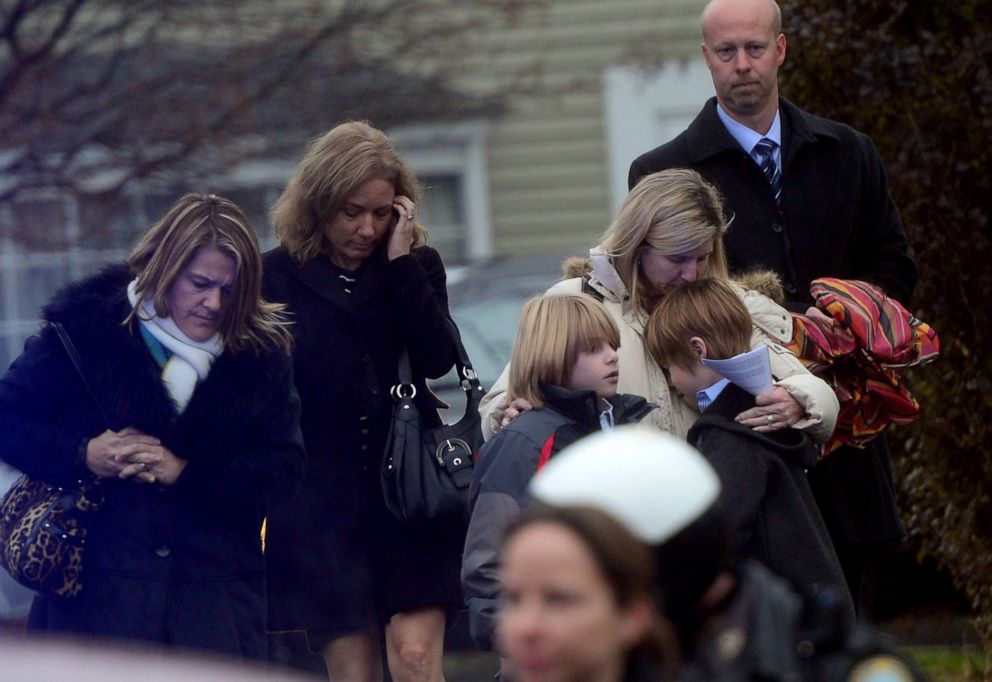
Maureen Brogan, statewide program manager of the Traumatic Loss Coalitions for Youth Program at Rutgers University in New Jersey, said that while younger kids may not have the verbal capacity to describe their emotions after they experience trauma, they may express physical manifestations, such as headaches, chest tightness, feeling like their heart is beating out of their chest, or stomach pain.
"They'll be able to describe somatic things that are going on that would not bring you necessarily to a therapist, but might bring you to your pediatrician," Brogan said.
Kids who experience trauma may also show signs of regression, she added. For example, kids who were used to separating from their parents to go to school might become clingy, or not want to leave the house. Younger children might start wetting the bed, or return to former self-soothing practices such as sucking their thumb.
Elementary school children who are struggling may also exhibit repetitive play, Williams said. "If you witness a trauma … you might just keep playing that experience over and over in your play." Since children "love to express themselves with drawings, they might start to draw things that are different themes [from] what they've ever drawn before."
These behaviors may not be consistent throughout the day, she noted. "It's really about a parent being able to tell how [the child is] doing throughout the whole day."
Sometimes, symptoms of a trauma may not become apparent until months -- or even longer -- after the event, Williams added. In the early days after the event, it could be so overwhelming that there's no noticeable change in behavior.
"For many young people, their symptoms will not come to the forefront until several months later," she said. "There's often a delay between when something happened and when there's really a problem."
That's why, mental health clinicians said, it's important to have resources available immediately in the aftermath of a tragedy, and to have a plan to provide those resources in the long term — as was done for the Newtown community following the Sandy Hook shooting.
Sandy Hook response
Dr. Melissa Brymer, director of terrorism and disaster programs at the UCLA-Duke National Center for Child Traumatic Stress Network, was the lead advisor to the Newtown Public Schools Recovery Program following the school shooting there.
Immediately after the shooting, mental health professionals employed an approach called Psychological First Aid, an early intervention designed to stabilize a community and meet basic needs after a crisis, which Brymer helped to develop.
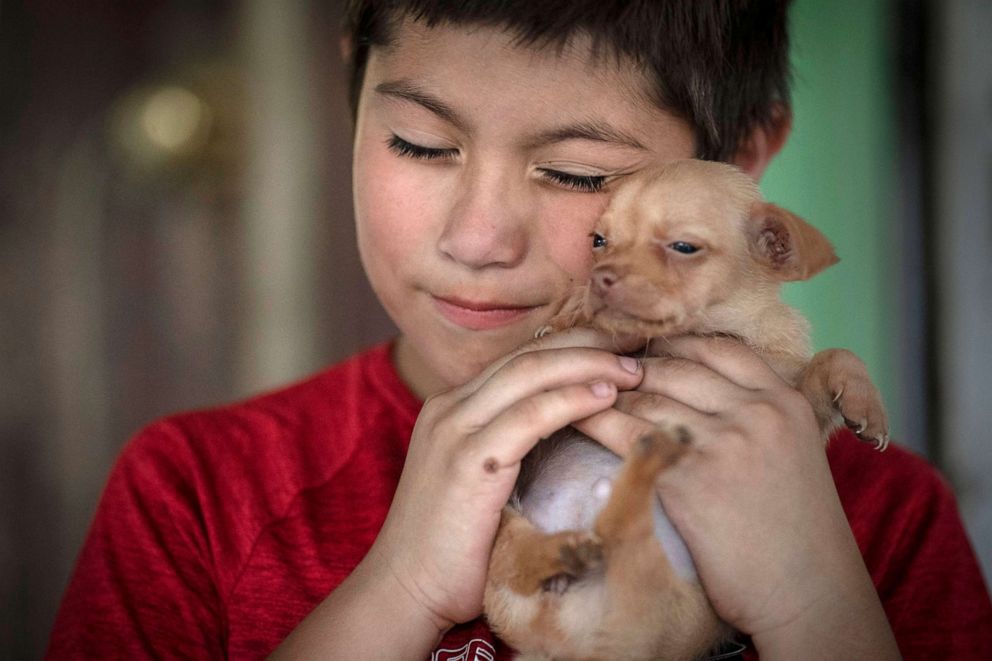
"Part of Psychological First Aid is, how do we make sure that we support people where they're at right now?" Brymer told MedPage Today, adding that helping people access safety and comfort is key to recovery.
Fulfilling immediate needs might look like delivering warm meals, coordinating childcare for parents who are grieving or need mental health support, or even assisting in decision making about memorial services, she said. Additionally, providers might help connect people who are grieving to the social networks they need to cope, such as faith groups, friends or neighbors.
The program at Sandy Hook focused on crisis work for at least six months, Brymer said. As the community prepared for the following school year, Brymer's team conducted 25 to 30 focus groups to assess the needs of the district. The groups involved families who lost a child, parents whose children witnessed the shooting, educators, bus drivers, community leaders, clergy, and others.
The response team also identified children who were considered most vulnerable -- including the first-graders who were in the classroom and witnessed the shooting, as well as siblings of children who died.
Community mental health providers who were trained in trauma-informed care came to Newtown to assist with counseling and care coordination in the months following the shooting. Then, the district hired additional social workers and psychologists with grant funding, trained them in trauma practices, and placed them in schools, while phasing out the community providers.
There were several decisions that needed to be made for children to resume school safely, one of which was whether or not they would return to Sandy Hook Elementary. Ultimately, students resumed school at a vacant middle school a few towns over. Upon their return, the recovery team aimed to remove triggers that might re-traumatize students, such as the slamming of lockers or alarms during a fire drill.
At the start of the following academic year, Brymer said that Sandy Hook began implementing programs that made trauma-informed interventions a focus in each school. Cognitive Behavioral Intervention for Trauma in Schools (CBITS) was one of those programs, designed to reduce signs of PTSD in middle and high school kids.
But that program wasn't applicable to the younger elementary school children who were involved in the Sandy Hook shooting. Instead, Brymer's group employed an initiative called Bounce Back, a program for younger students based on CBITS. It combined group, individual, and parent psychoeducational therapy to manage children's stress response.
"We did have to … think about what interventions were appropriate for young kids and which were not," Brymer noted.
Bounce Back was implemented for 4 years through grant funding. In addition to providing support directly to the elementary school students who survived the Sandy Hook shooting, the group also implemented trauma-informed care in the other elementary, middle, and high schools throughout the district. As the children affected by Sandy Hook moved through the school system, the educators and other faculty members were already trained to support them at each developmental stage.
"It is important that we mold with them, that we adapt with them," Brymer said. "We have to have interventions that mature as the kids mature."
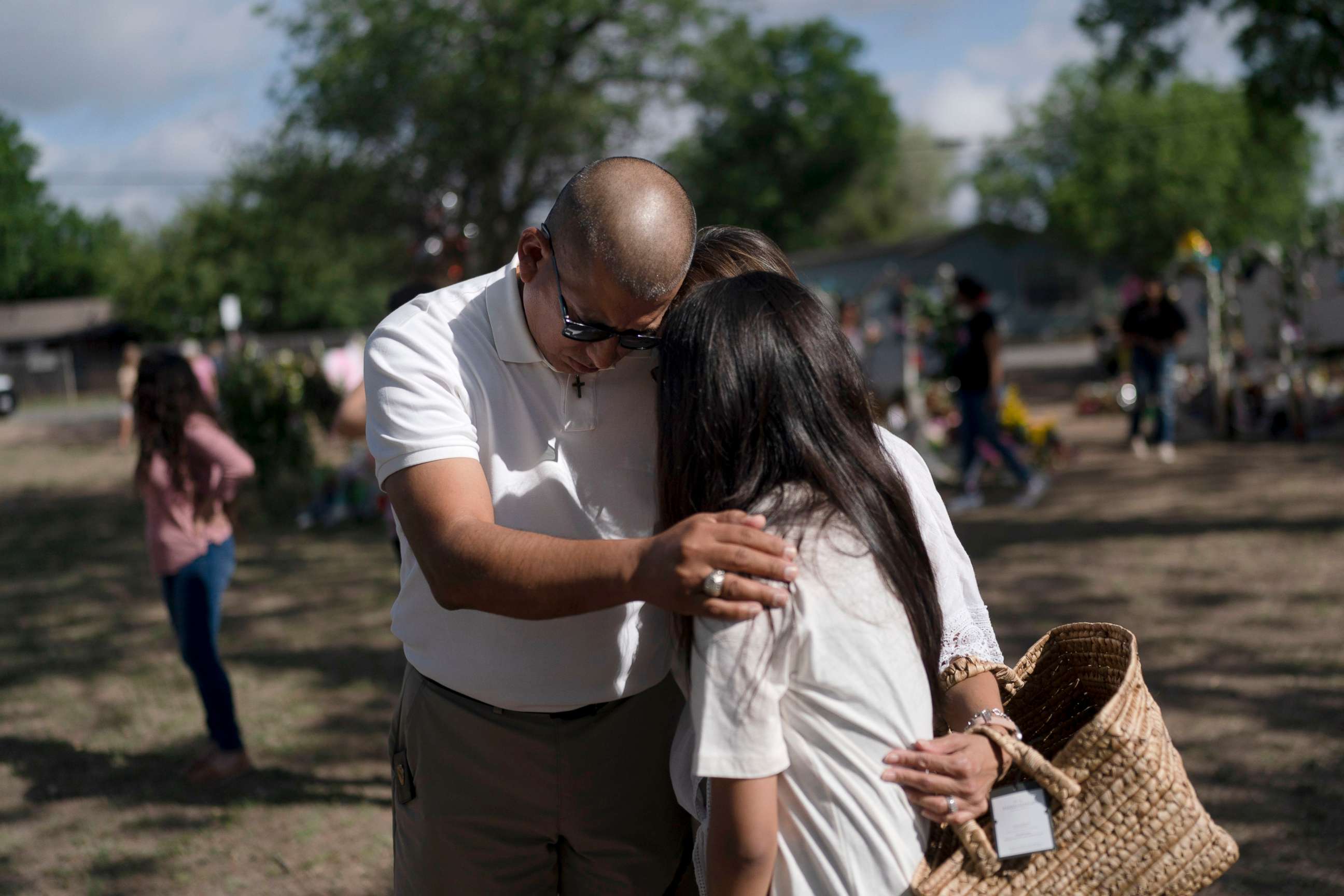
She added that suicide prevention interventions were implemented for middle and high school students, and were eventually integrated into health classes across the district.
Rumilly, who cared for the children of Sandy Hook, emphasized that long-term planning is crucial following such a tragedy, given its lasting impacts on the entire community.
"This is beyond a 10-year plan," she said. "This is, how do we plan for the next couple of generations after this … because transgenerational trauma is also something that has to be considered. For people that aren't going to seek help and have symptoms, they're passing that on to the next generation of children."
At the same time, she added, having to map out mental health resources, should such an event occur in a community, shouldn't become the norm.
"This should not be what we have to plan for," she said, but "I think the onus is on communities and cities to think about, 'What would I do if this happened tomorrow in my community?'"
